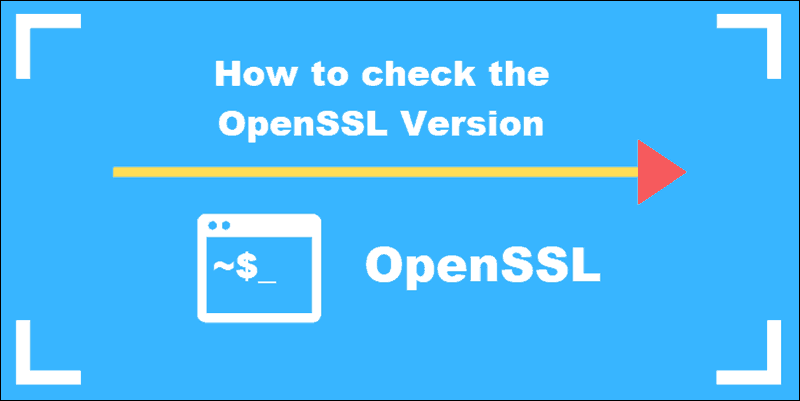How to Check if Openssl Is Installed in Windows
Introduction
Want to learn what version of OpenSSL you have?
OpenSSL is an open-source cryptographic library and SSL toolkit. The applications contained in the library help create a secure communication environment for computer networks.
OpenSSL contains an implementation of SSL and TLS protocols, meaning that most servers and HTTPS websites use its resources.
In this tutorial, learn how to find the OpenSSL version with a single command.

Prerequisites
- A command-line/terminal window.
- OpenSSL installed on your system.
OpenSSL Version Command
The openssl version command allows you to determine the version your system is currently using. This information is useful if you want to find out if a particular feature is available, verify whether a security threat affects your system, or perhaps report a bug. Type in:
openssl version The resulting data will consist of the OpenSSL version designation and the date of its initial release.

The output is clear and easy to understand. We can break down the version format to get valuable insight. Additionally, using flags can help structure the data.
OpenSSL Releases
The format of the version provides a lot of information. The position of the numbers represent the release type:
- Major Releases – You can recognize a major release if one or both of the first two digits change. This type of release can break compatibility with previous versions. For example: 1.1.0g vs. 1.2.0
- Minor Releases – A minor release changes the last number of the version designation, e.g., 1.1.0 vs. 1.1.1. These releases are likely to contain new features; however, they should not break binary compatibility. You do not need to recompile applications to benefit from them.
- Letter Releases – The release designation in our example 1.1.0g contains bug and security fixes exclusively. No new features were added.
Note: The next planned version of OpenSSL is 3.0.0. Once the new version is released, the versioning scheme is going to change to a more contemporary format: MAJOR.MINOR.PATCH
OpenSSL Flags
By using a general flag –help we can see an overview of all valid options for openssl version.
openssl version –help 
There are eight (8) valid options that allow you to narrow your search. The option that provides the most comprehensive set of information is:
openssl version –a This command compiles all the information contained under the individual flags into a single output.

This option is convenient, especially when troubleshooting or composing a bug report.
The OPENSSLDIR line is especially interesting, as it will tell you where OpenSSL will look for its configurations and certificates. You can print out that specific line by using the following command:
openssl version -d 
In this example, the configuration files and certificates are located at /usr/lib/ssl
Conclusion
Now you have learned how to check the OpenSSL version.
You should now understand how to interpret that data. And how it can be used to improve server security, troubleshoot or submit a bug request.
The flags presented in the article provided you with the necessary tools to help you make an informed decision and administer your system effectively.
Was this article helpful?
Yes No
How to Check if Openssl Is Installed in Windows
Source: https://phoenixnap.com/kb/how-to-check-openssl-version